Biarritz and surrounding area in 3 days
- Irene
- May 25, 2022
- 5 min read
Updated: Jun 5, 2024

Biarritz is famous for being the place where the wealthy spend their summer vacations. It is also a destination very well known for the Hôtel du Palais (originally built for the Empress Eugénie) and its surfing culture.
When to go: ideally during the summer months when you can enjoy nicer days and mild temperatures. Bear in mind that during the nights the temperatures are not very high so you will have to pack a jacket and remember that in this part of the world, rain is always waiting around the corner so be prepared.
Where to stay: after visiting the area, I preferred the vibe of Saint-Jean-de-Luz, so next time I would stay there instead of Biarritz. “Hôtel de la Plage - Saint Jean de Luz” is in a great location and has stunning views over the beach. However, if you prefer to stay in Biarritz, I would recommend “Hotel Saint Julien”, which is located in a great area very close to the beach and nice restaurants.
General advice: you definitely need a car. This is really important. The towns in this area are not massive so having a car to give you the flexibility to explore all the towns is fundamental. You can go for a week if you want to relax or spend full days at the beach. However, if you want to do more sightseeing and exploring, I think 3 full days would be enough. You can dedicate one day to Biarritz, one day to Saint-Jean-de-Luz and one day to Bayonne.
Day 1: Biarritz
I have selected my favourite things to do in Biarritz in a day and the most efficient route to get around all of them starting the day at the Rocher de la Vierge and finishing near to the lighthouse:
Rocher de la Vierge (Virgin of the Rock) - according to history, Napoléon III decided to use this rocky point as an anchor point for the port. The statue of the Virgin was built in 1865 and was originally connected via a wooden footbridge, which was later replaced with a metal bridge.
Port des Pêcheurs – who doesn’t like to visit a fishermen port when you are in a beach destination? This port still has the charm of a small port and you can find a couple of restaurants to have nice fish. If you decide to eat here I would recommend “Casa Juan Pedro”. If you don’t feel like eating you can have a nice wine at “Crampotte 30”.
Sainte-Eugénie Church of Biarritz - the Chapel was built in the Romanesque-Byzantine style and was named after Saint Eugenia, the patron saint of Napoléon III’s wife, Empress Eugénie de Montijo. The chapel, dedicated to Saint Eugenia, the patron saint of the French people’s Empress, was inaugurated in 1856.
Miremont Tearoom – this is an elegant tearoom with incredible views that you should pop by even if you don’t like tea to at least get some macarons to take away.
Les Halles de Biarritz - a great place to shop, relax and get a glimpse of the local culture.
Hôtel du Palais - It was originally built for the Empress Eugénie around 1855 as a summer villa. In 1880, the villa was sold and converted into a hotel casino. It was devastated by fire in 1903, but was lavishly rebuilt and enlarged within the original walls. Although the hotel later fell into disrepair, and closed for a period in the 1950s, it has since been refurbished and is again a luxury hotel.
La Grande Plage – a popular beach for its views and sunset strolls to the Biarritz lighthouse.
Biarritz Lighthouse - the lighthouse built in 1834, on a rocky cliff with sweeping ocean & town views. You don’t need to go all the way there.
A couple of restaurants in Biarritz that you might enjoy: “Le CAB” for burgers, “Saline Ceviche Bar” for Peruvian food, “L'amiral” for locally source products and “Chistera & Coquillages” for oysters and a Basque cuisine.
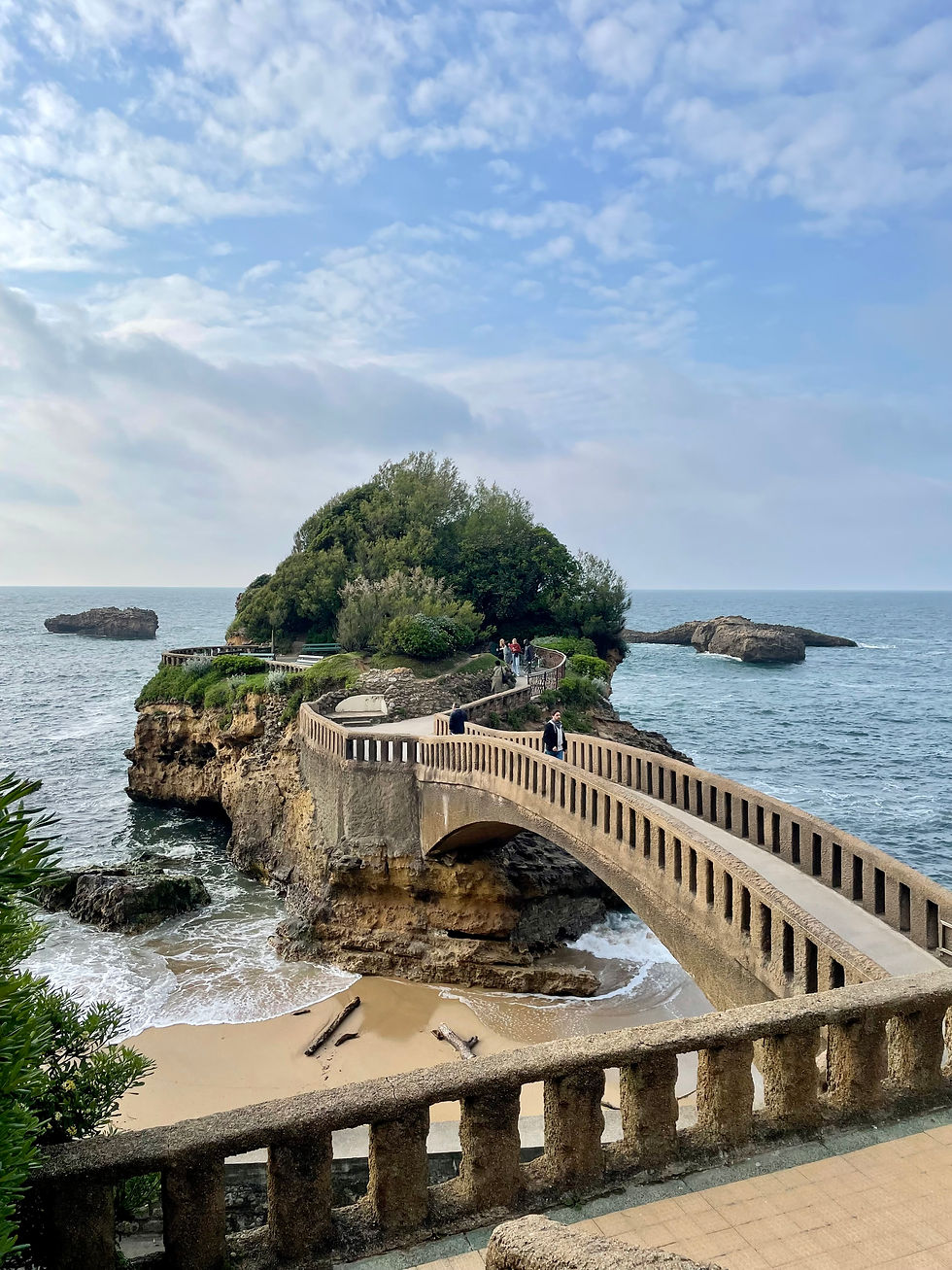
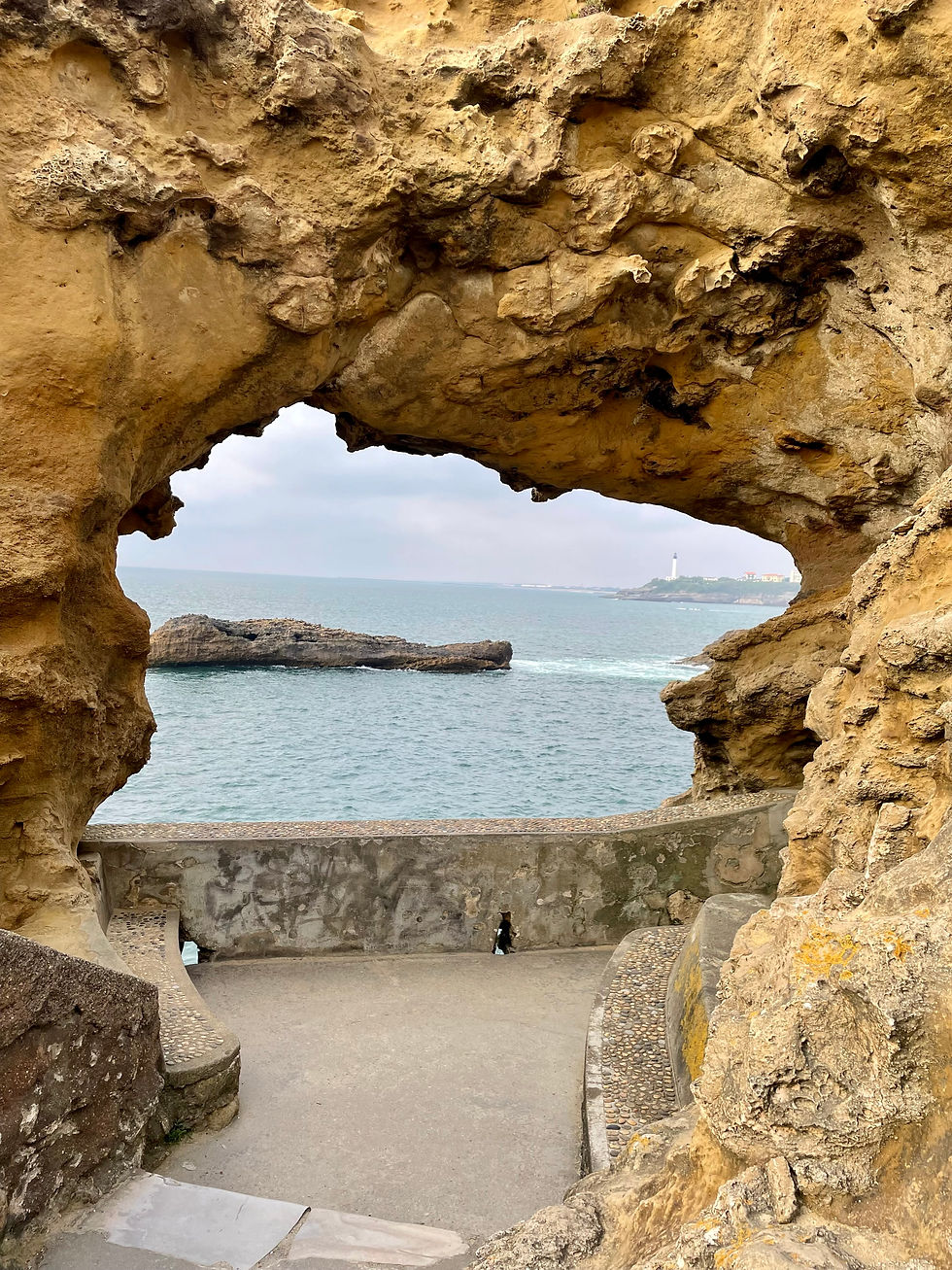

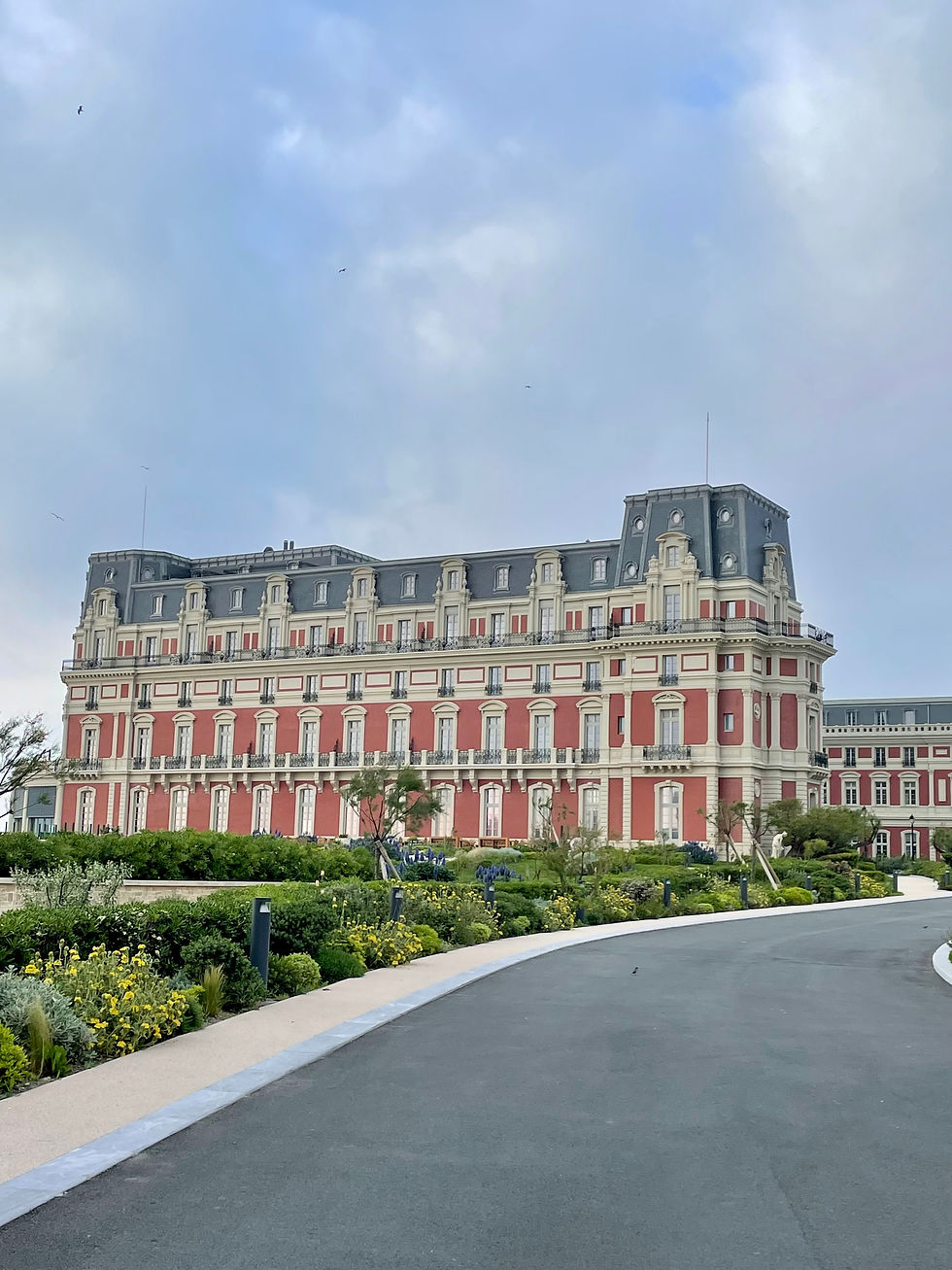
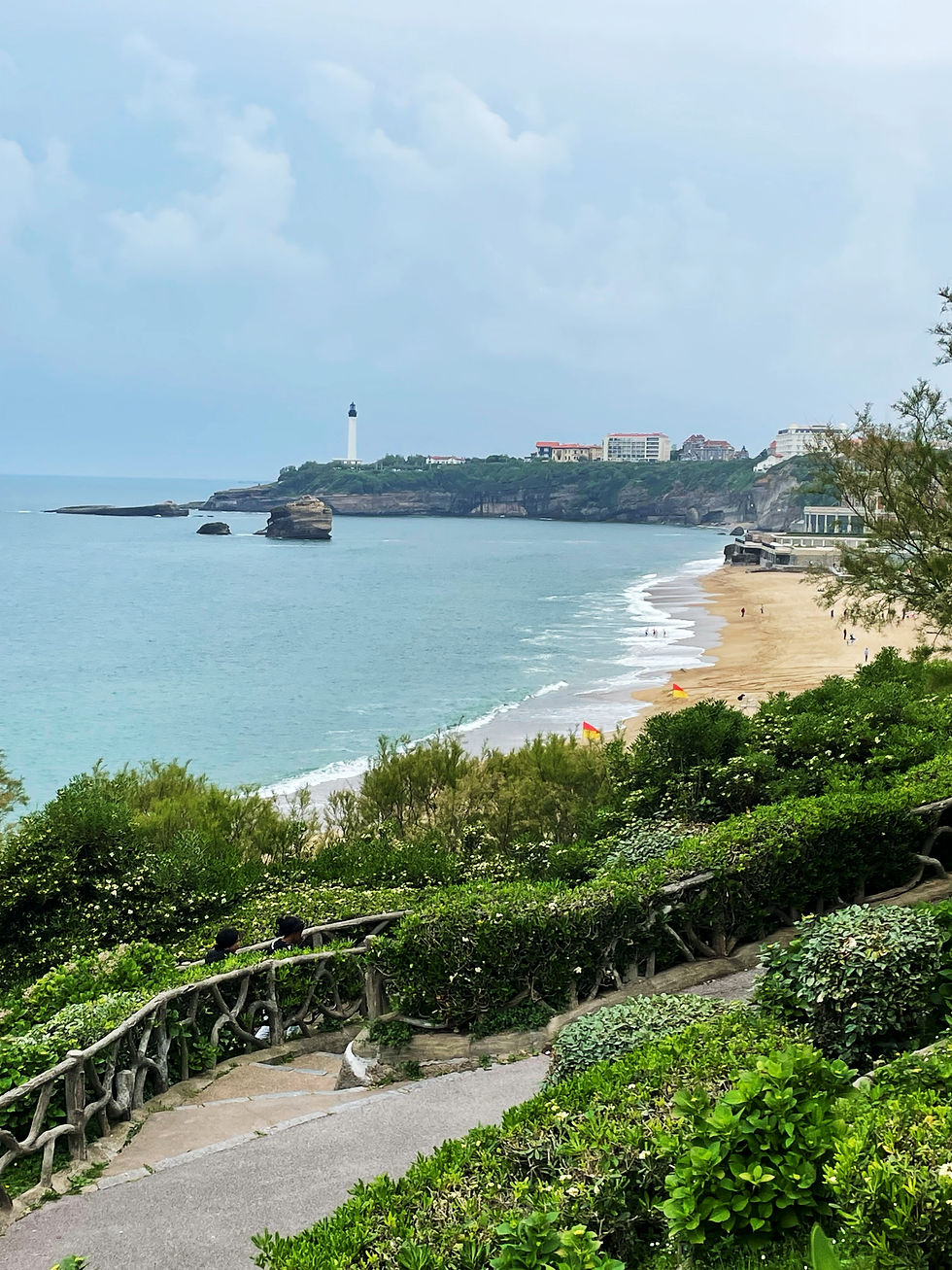

Day 2: Saint-Jean-de-Luz
Like the previous day, I have selected my favourite things to do in Saint-Jean-de-Luz in a day and the most efficient route to get around:
Rue Gambetta – Rue Gambetta is basically the place to go shopping! There are so many nice shops and many of them we also saw in Biarritz, however, we felt that in Saint-Jean-de-Luz the shops were slightly cheaper.
Église Saint-Jean-Baptiste - The first church was built in 1875 according to plans by Alphonse Raza. It has suffered numerous fires during the years but has always been reconstructed after. While the outside is austere, the interior is very original and full of Baroque revival architecture.
Place Louis XIV & Maison Louis XIV - built in 1643 by a rich ship-owner, this house welcomed the King Louis XIV for several months in 1660 when he came to sign the Treaty des Pyrénées and marry the Spanish Infanta María Teresa in the Church of Saint Jean de Luz. The apartments occupied by the King are open to the public who can admire the furniture and paintings from this period.
Port – bigger than the one in Biarritz it has a special charm due to the beautiful houses surrounding the port.
La Maison de l’Infante – the building is famous because María Teresa stayed in this beautiful pink brick-and-stone mansion (owned by a shipowner) days before her marriage to Louis XIV.
For lunch, you can stop at “Restaurant Txalupa” on the Place Corsaires, highly recommended is the seafood platter! Absolutely great.
After lunch have a walk along the sea side on the Grande Plage, go and take a look at the typical Basque country houses that are right there on the beach.
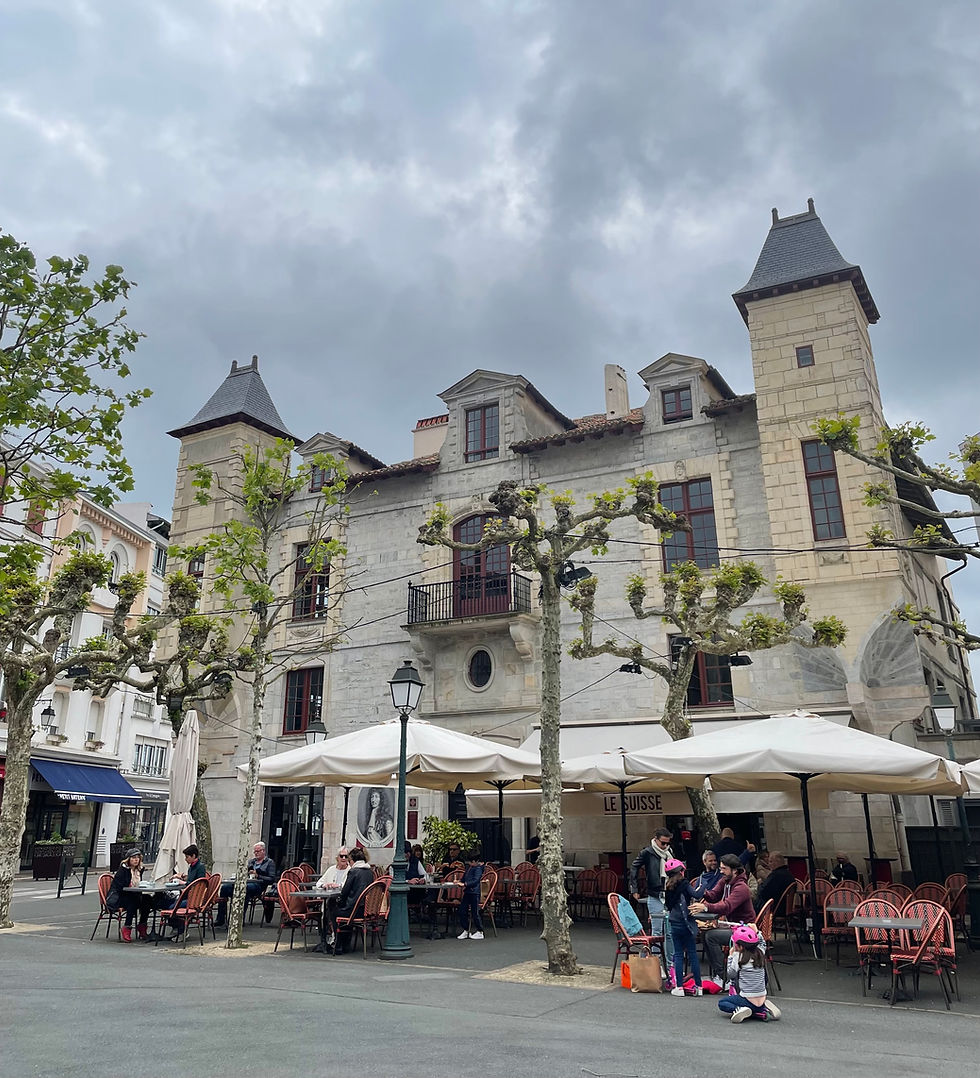

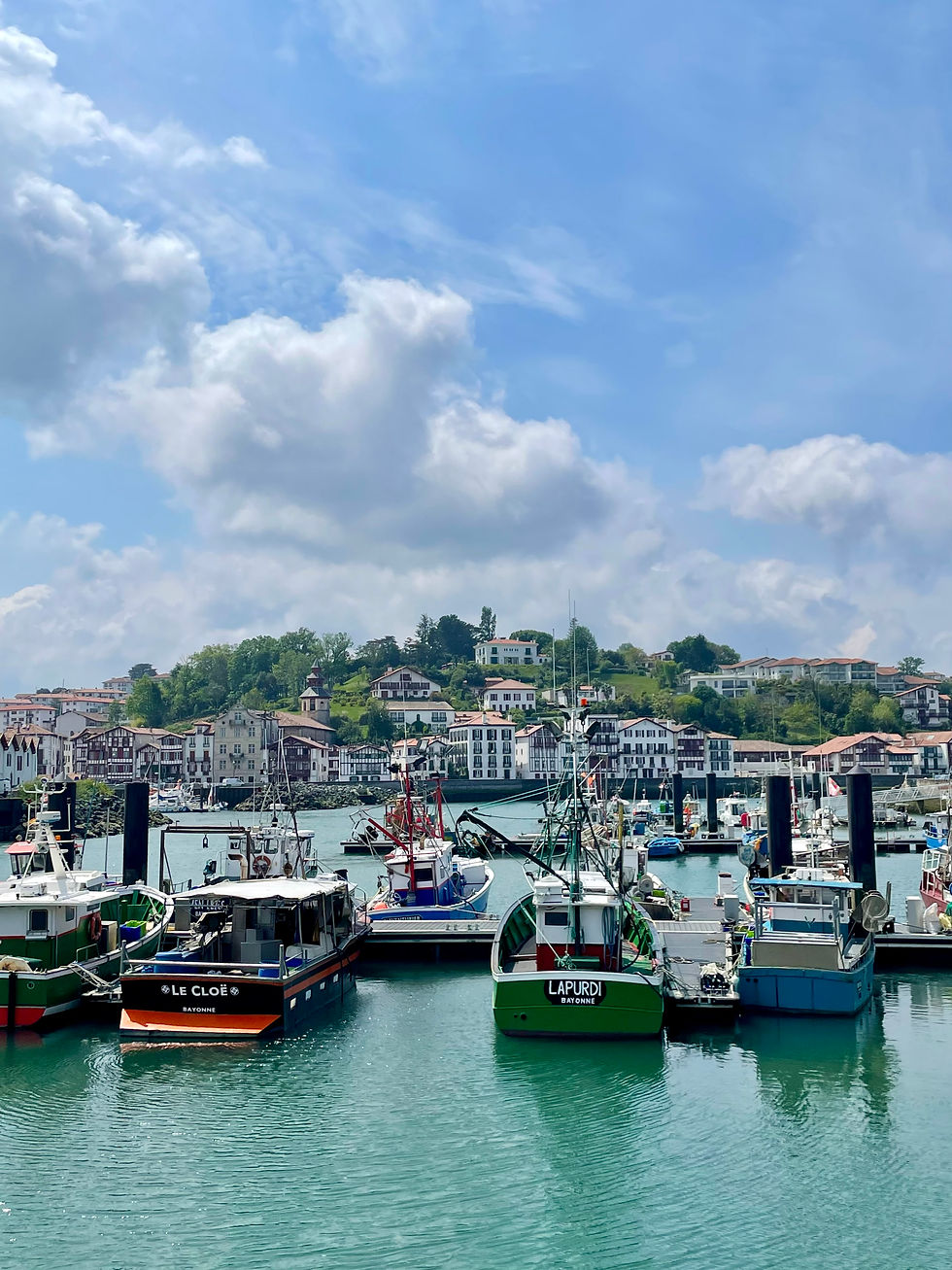
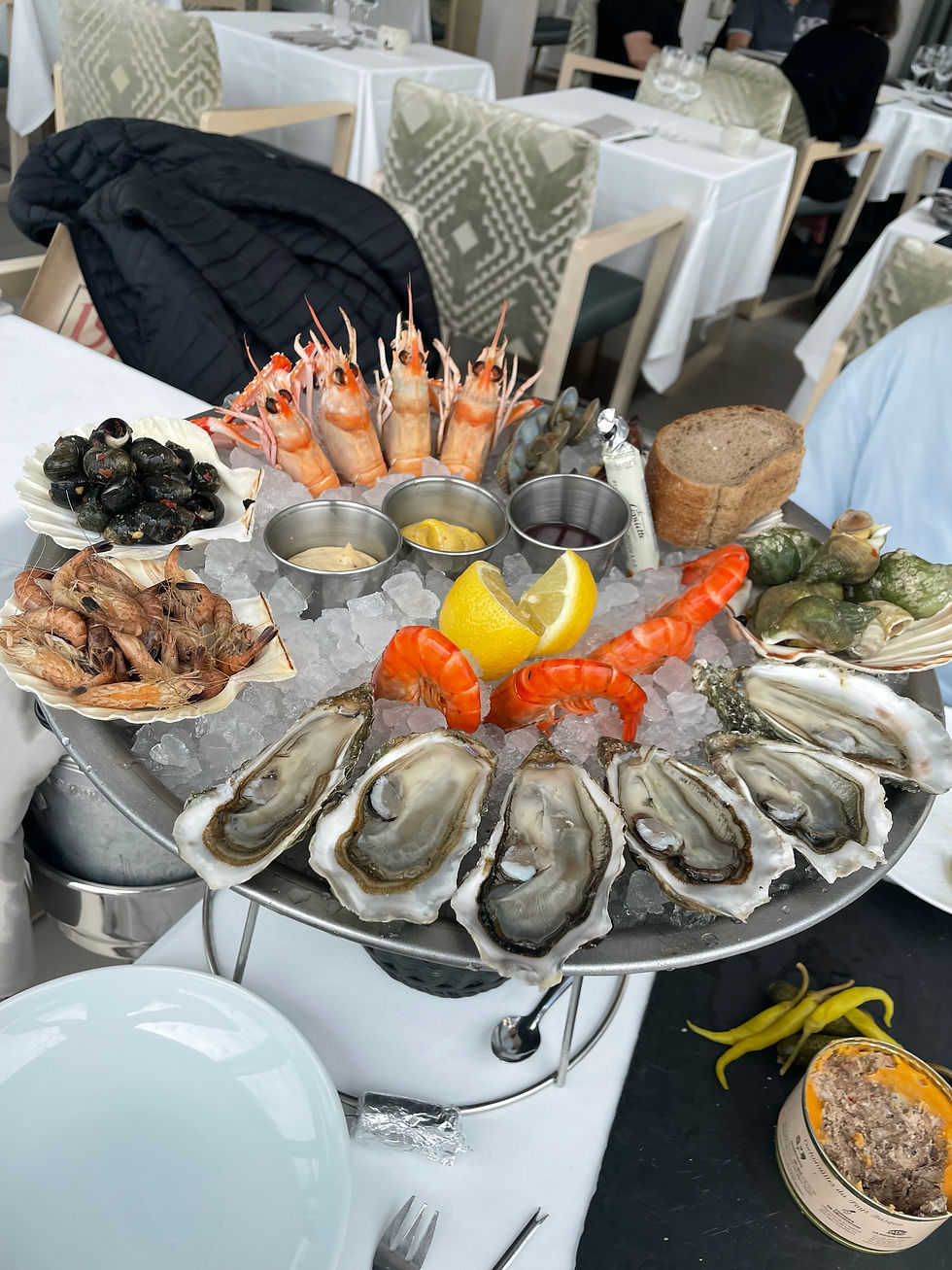
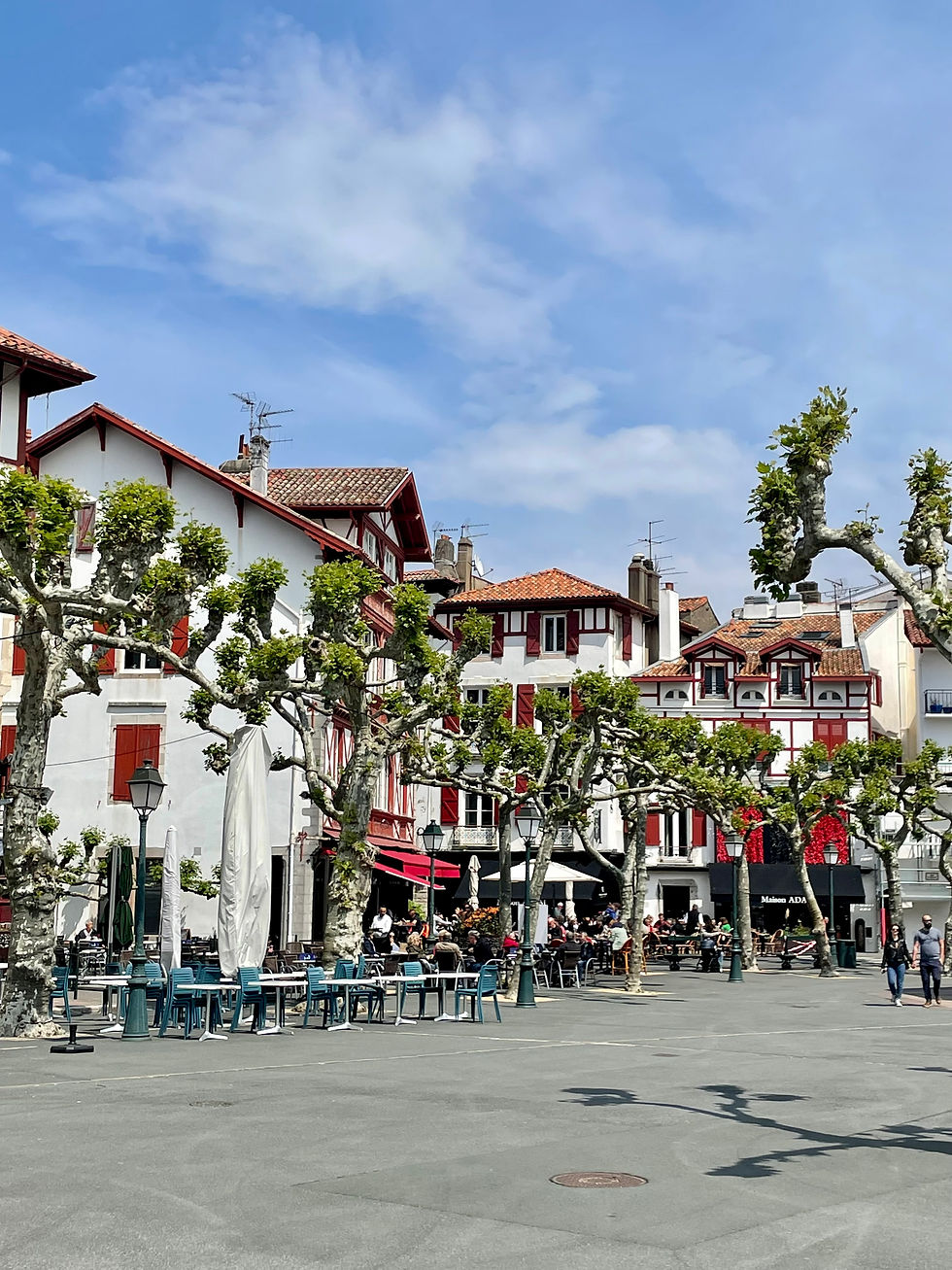
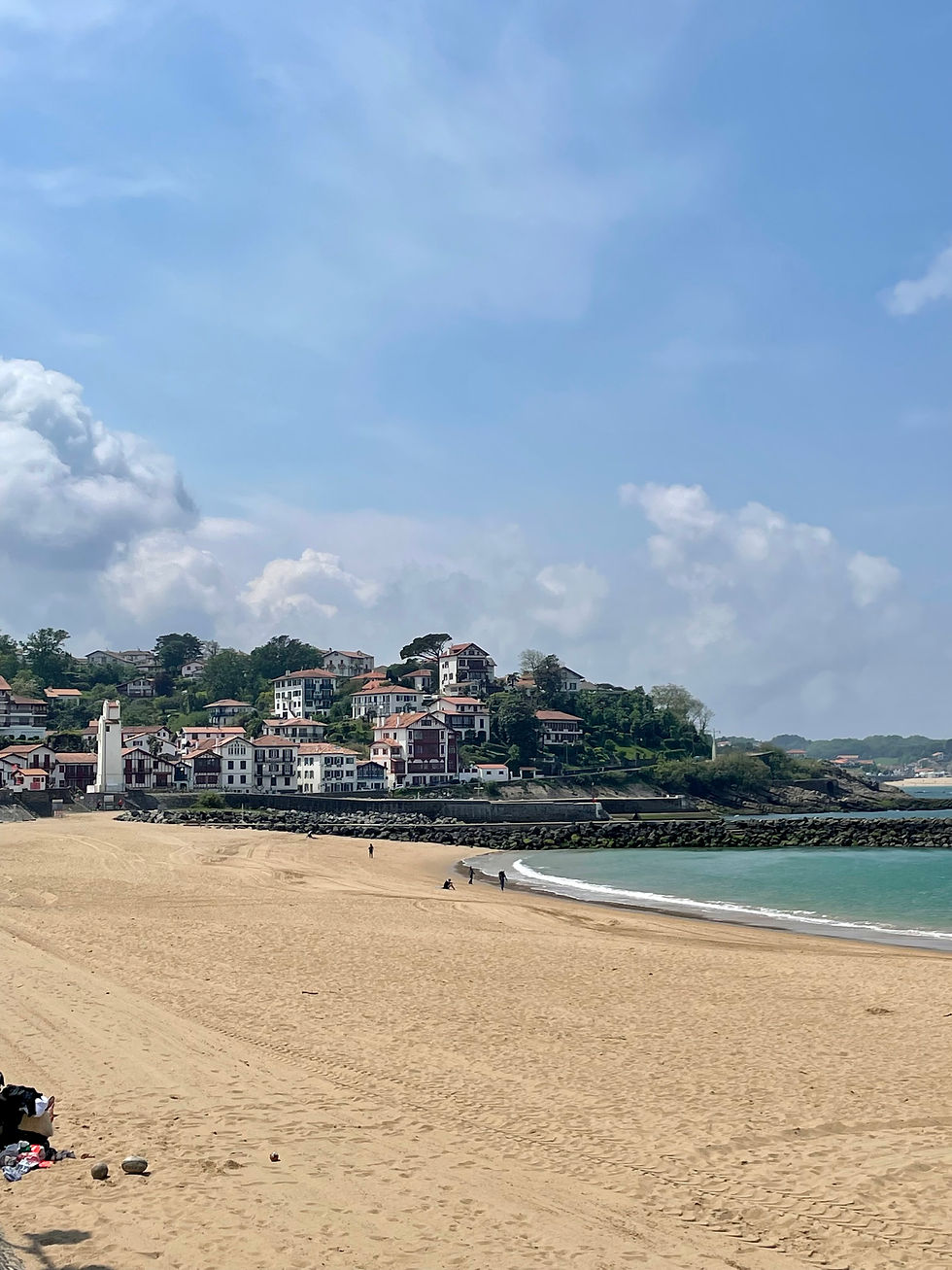

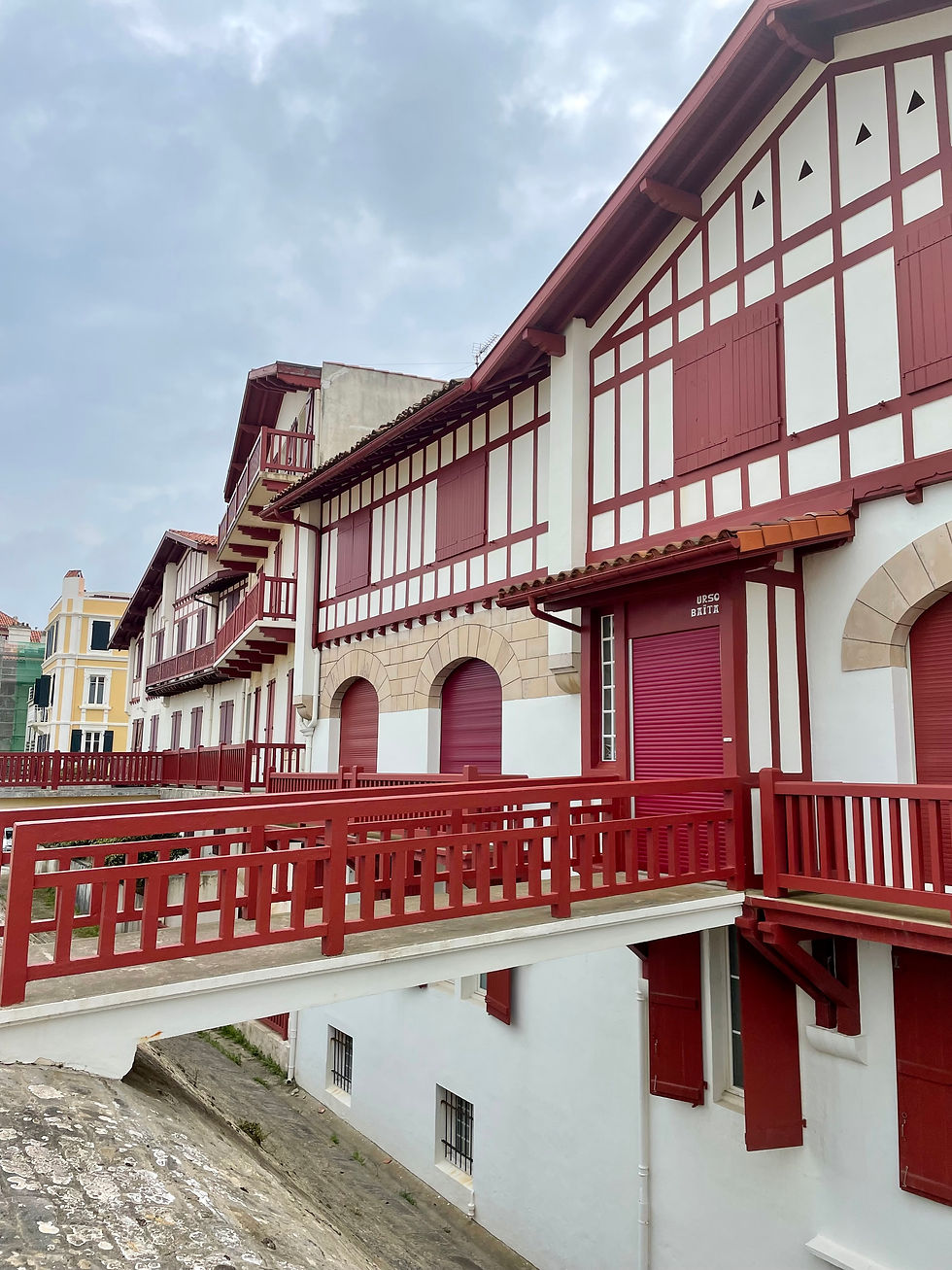
Day 3 : Bayonne
Bayonne is a bit smaller than Biarritz and Saint-Jean-de-Luz but it feels a bit less touristic and more local. The main difference is that Bayonne is not right on the seaside but it has a river that splits the city in two and it gives a very nice calm vibe.
What to do in Bayonne:
Bayonne Cathedral - a Roman Catholic church built on Gothic architectural style. The construction of the present cathedral began in the 13th century and was completed at the beginning of the 17th, except for the two spires which were not finished until the 19th century. The cathedral contains the relics of Saint Leo of Bayonne, a 9th-century Bishop of Bayonne and evangelizer of the Basque Country.
Cathedral Cloister - the 14th century cloister is one of the largest in France. In the Middle Ages it was a place of deliberation and a cemetery.
Grand Bayonne – stroll around the cute streets admiring the beautiful architecture and visit all the shops! Especially the chocolate shops that you will find in almost every street. Do not miss the pedestrianised Rue d’Espagne.
Les Halles - this covered market is on the Grand Bayonne side of the city. Have a walk around and get some Basque Country goodies and of course don’t forget to try the Bayonne ham.
Petit Bayonne - traditionally a working district, Petit Bayonne is on the right bank of the Nive opposite to Grand Bayonne. Here you will find the Basque Museum and the Bonnat Museum.
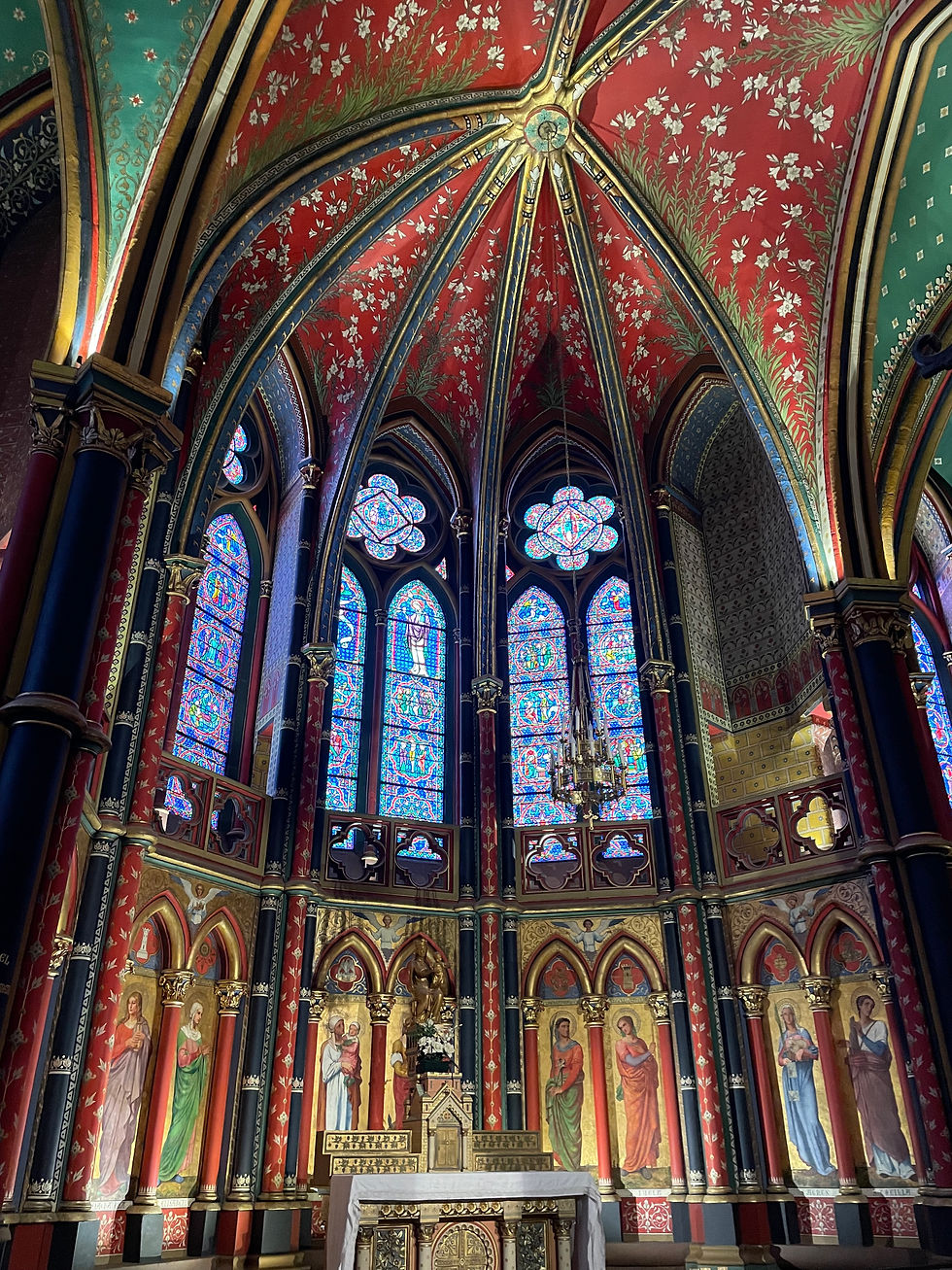
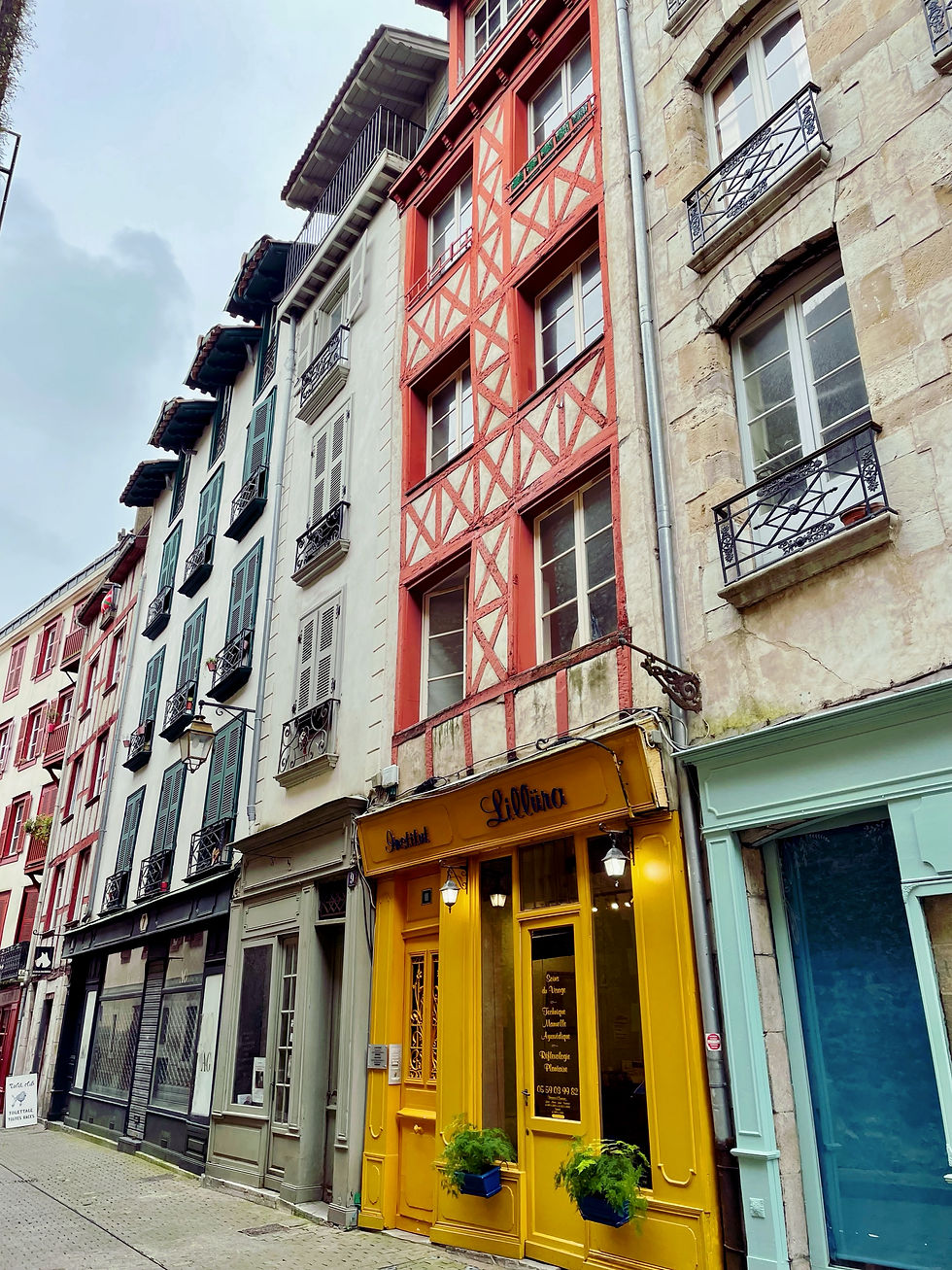
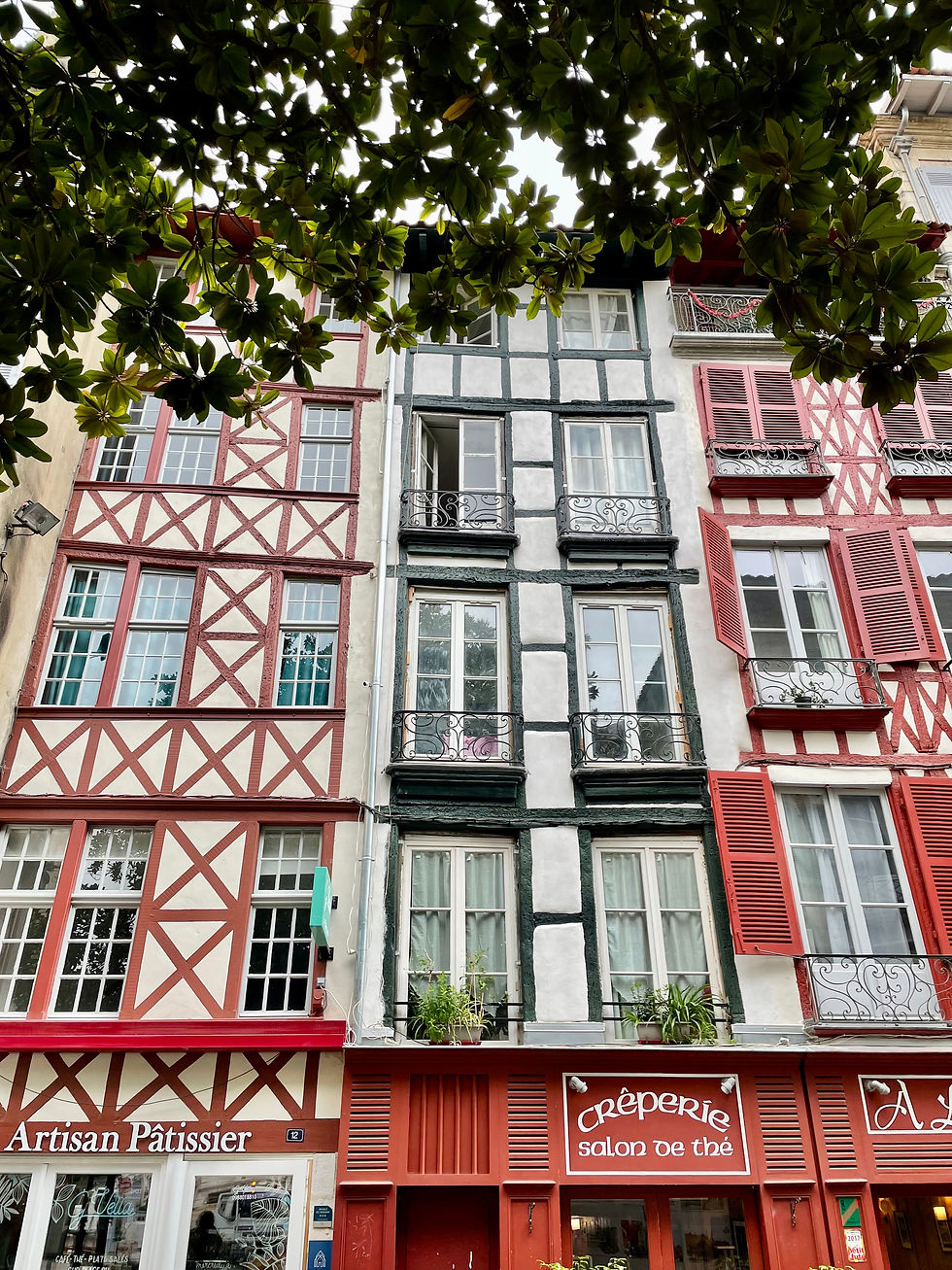
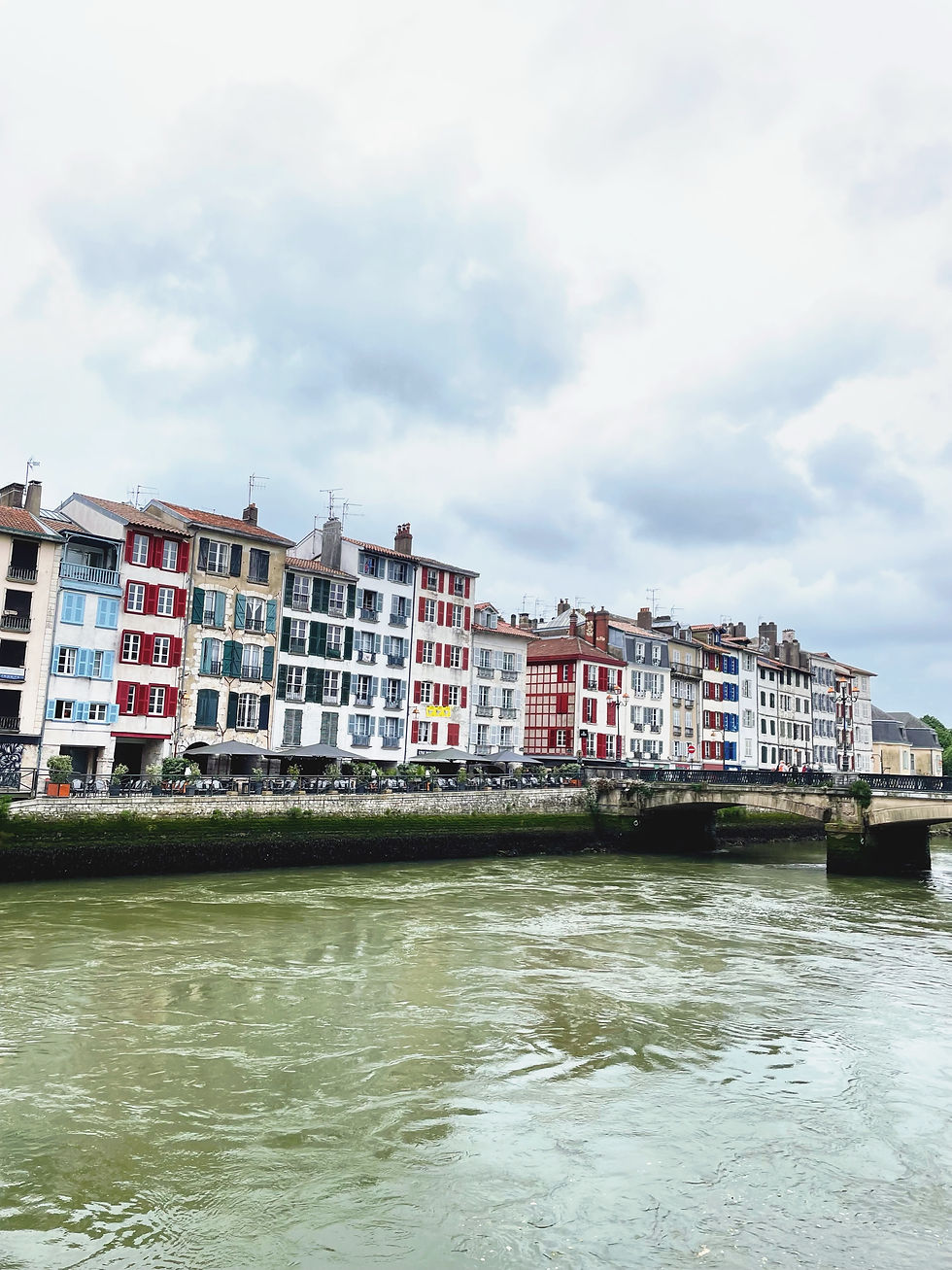
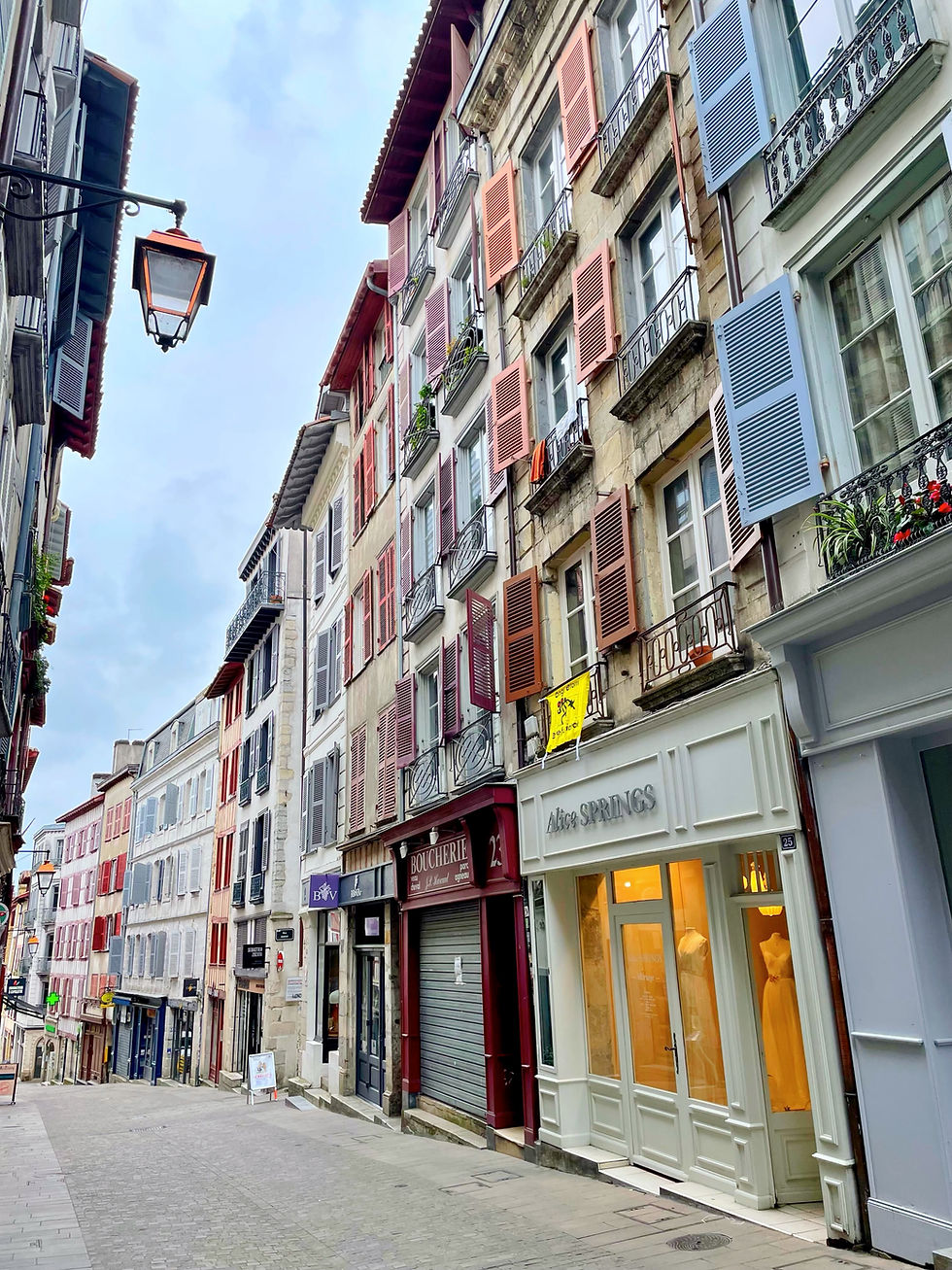

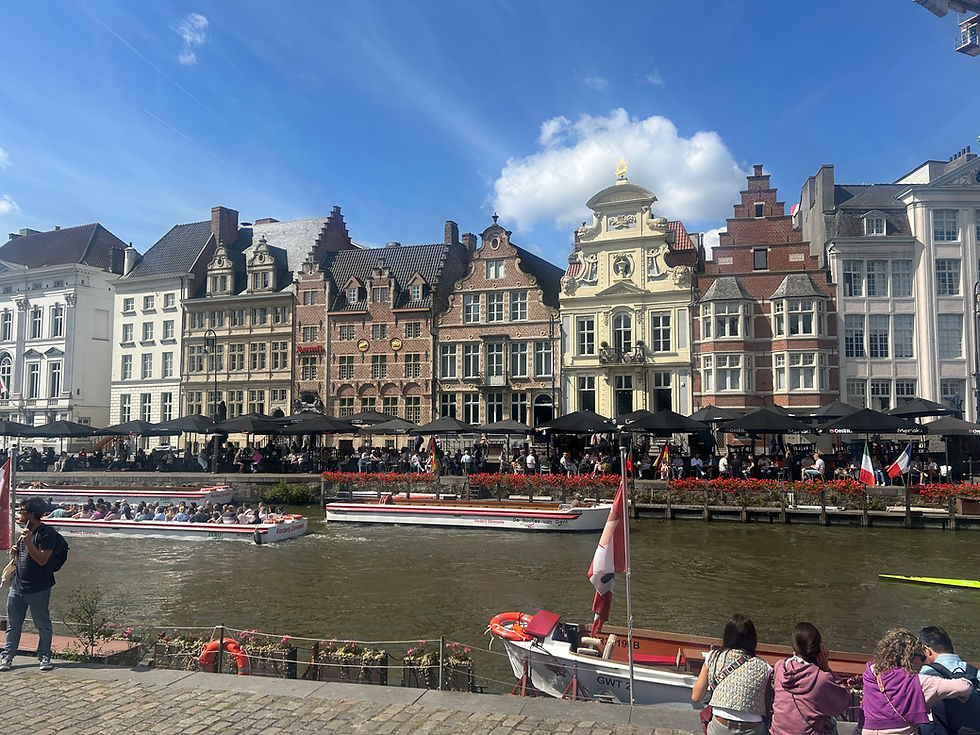
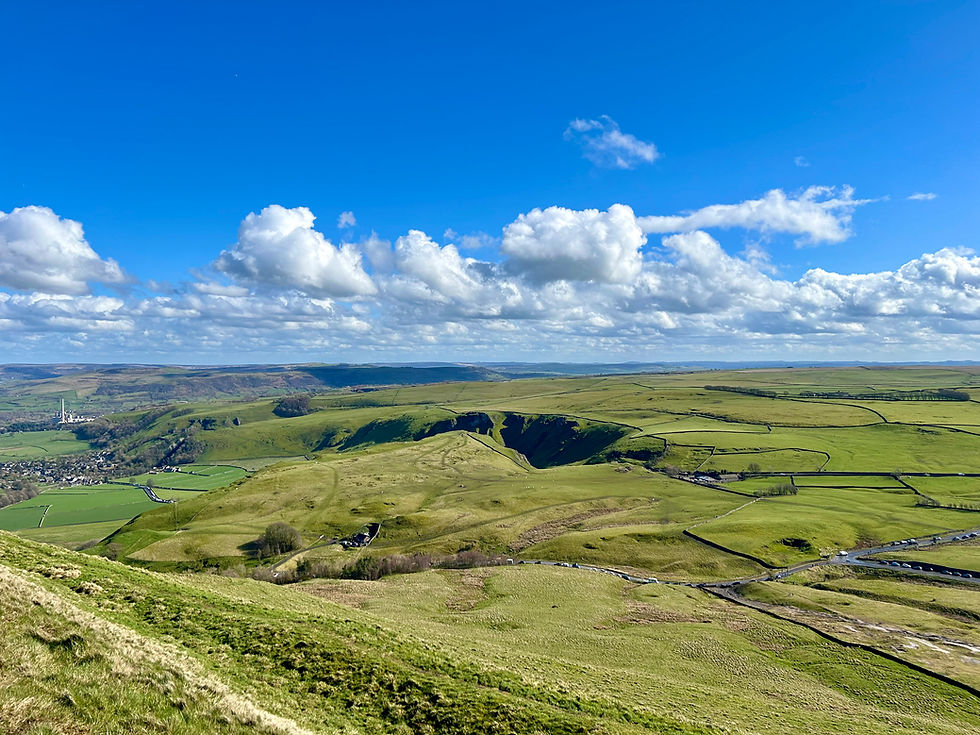
Comments